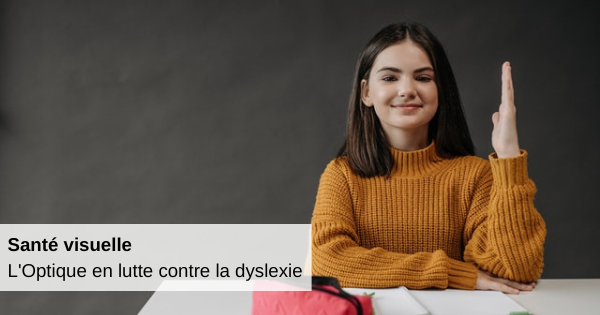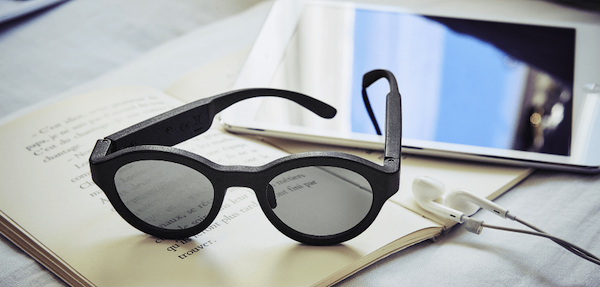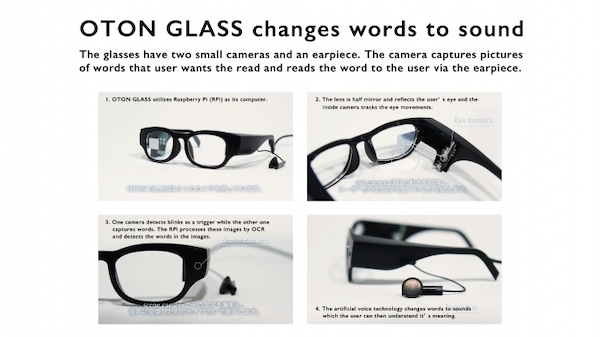Optics in the fight against dyslexia

Dyslexia is a real scourge for all those who suffer from it. This learning disability, recognized late as such, can cause problems throughout his life. Today, with new technologies, the optical sector has tackled the problem head-on and is obtaining breathtaking results. Let's take a closer look.
A misunderstood problem
Dyslexia is said to have been discovered by a German ophthalmologist, Oswald Berkhan, in 1881. However, it would take several decades to describe it as a disorder unrelated to intelligence. Indeed, in the early stages, we tend to consider people with the disease as retarded people.
The scientific community then thinks that the problem comes from vision. However, before the 1970s, nothing was really done to manage to treat it. And it was not until 1993 that the World Health Organization (WHO) decided to consider dyslexia as a handicap.
Dyslexia is one of the specific lasting disorders of acquisition, called dys-, with dysphasia (oral language disorder), dyscalculia (calculation disorder), and dyspraxia (coordination disorder). It is defined as a reading and writing disorder. According to the WHO, it affects 8 to 12% of the world's population.
While the exact cause of dyslexia is not known, we know that its origin is neurological and that it is transmitted by genetics. It occurs in children and adolescents. In France, it is considered that 5 to 8% of school children suffer from it.
glasses against dyslexia
To help people with dyslexia, the start-up Abeye has developed a pair of connected glasses called "Lexilens." This French innovation has been on the market for a few months now, following the partnership with Atol opticians.
[= ]
Today, we can measure the results of this innovation since the first feedback has arrived. And the least we can say is that they are damn encouraging! Judge for yourself: Atol has made public the results of a study carried out with Ipsos on all dyslexic patients who have worn the connected frame. 92% of them admitted that their life had changed.
In 86% of school children who wore them regularly, the rate of academic progress was 86%. These results are indicative of the considerable help that a pair of glasses can have in people suffering from this disorder.
Dyslexia is materialized by "eyes that are too perfect": the Maxwell tasks are perfectly symmetrical. But they should be asymmetrical. This "defect" causes confusion between the letters, corrected by Lexilens glasses.

These incredible results make it, according to the monthly Essentiel de l'Optique , "unquestionably the breakthrough innovation of the decade." Other models can help dyslexic people but in another way, in particular by reading a text like the Oton Glass frame.

In any case, these are extremely positive and encouraging returns for innovations that continue to arouse immense hopes.


